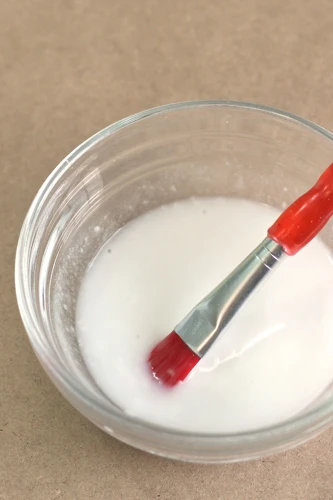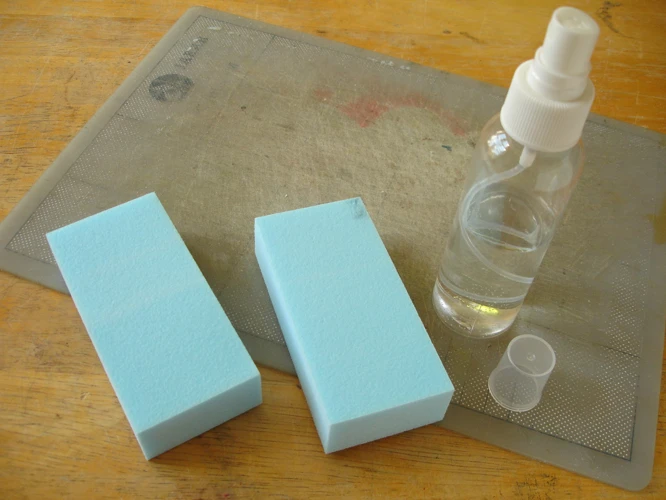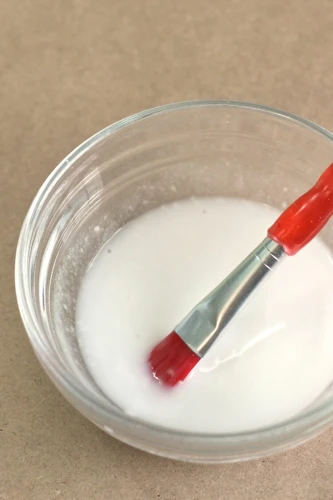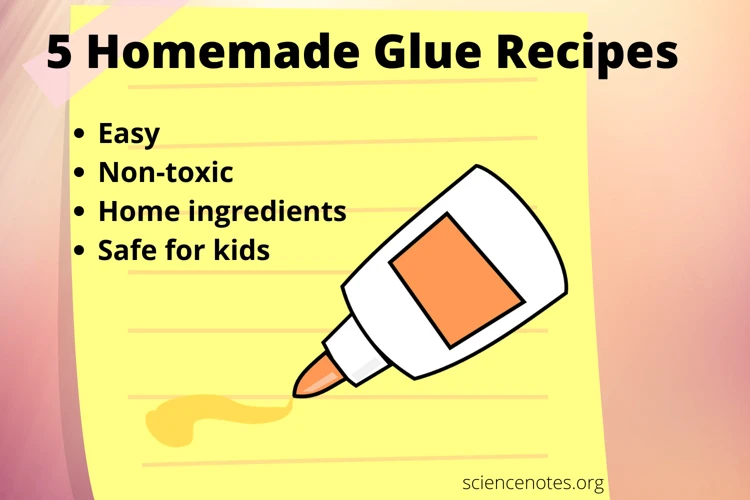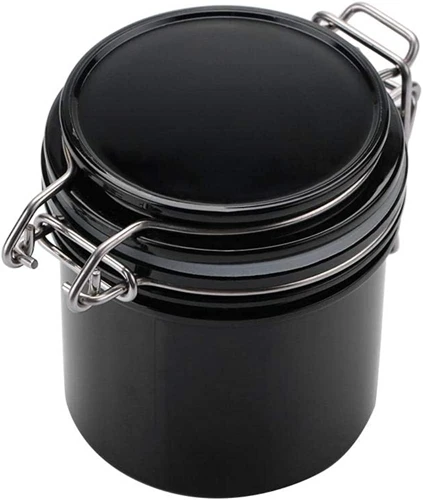Embracing the art of creating your own products can be both fulfilling and environmentally responsible. When it comes to adhesives, a DIY glue recipe not only saves money but also offers an opportunity to personalize your crafting experience. In this post, we’ll explore how to turn a common waste material into a useful substance.
The Benefits of Homemade Adhesive
Opting for a homemade adhesive means having control over the ingredients, ensuring that your projects are safe and sustainable. It’s a perfect choice for environmentally conscious crafters and those with sensitive skin or allergies who require non-toxic options.
The Importance of Styrofoam Recycling
Styrofoam recycling is crucial due to the material’s non-biodegradable nature. By upcycling Styrofoam, we contribute to reducing environmental pollution, giving this plastic foam a second life and preventing it from ending up in landfills.
Understanding Styrofoam Glue Making
Turning Styrofoam into glue is a fascinating process that repurposes what is otherwise considered waste. Let’s delve into the details.
What is Styrofoam?
Styrofoam is a brand name for expanded polystyrene foam (EPS), a lightweight material used in packaging and insulation. It’s known for its durability and thermal insulation properties.
Why Make Glue from Styrofoam?
Styrofoam glue making is not just a creative project; it’s a practical solution to reuse materials. This homemade adhesive is perfect for various applications, providing a strong bond for craft projects and everyday repairs.
Materials Needed for Making Glue at Home
Gathering the right supplies is the first step in crafting your eco-friendly adhesive.
Tools and Materials for Craft Glue Preparation
- Airtight container
- Safety gloves
- Styrofoam pieces
- Acetone
- Wooden stirrer or spoon
- Well-ventilated workspace
Choosing the Right Styrofoam for Your Glue
Select clean, white Styrofoam that hasn’t been painted or treated with chemicals to ensure the purity of your glue. Colored or dirty pieces may affect the quality of the resulting adhesive.
Step-by-Step Guide to Making Non-Toxic Glue
Creating your own glue from Styrofoam is easier than you might think. Follow these steps to make a reliable, non-toxic glue.
Preparing the Styrofoam
Start by breaking the Styrofoam into small pieces. This increases the surface area, allowing the material to dissolve more easily in the next step.
Mixing the Ingredients
In an airtight container, gently pour acetone over the Styrofoam pieces. The material will begin to dissolve, creating a gooey substance. Stir the mixture until it reaches your desired consistency.
Testing the Adhesive
Before using the glue on an important project, test it on scrap materials. This ensures it provides the strength and finish you’re looking for.
Upcycling Styrofoam into Eco-Friendly Adhesive
The process of converting discarded Styrofoam into a useful product is an excellent example of upcycling. Let’s explore its potential.
Creative Reuse of Styrofoam for Glue
Through the creative reuse of Styrofoam, you’re not only producing a valuable adhesive but also participating in a sustainable practice that benefits the environment.
Applications and Uses of Homemade Styrofoam Glue
This homemade adhesive can be used in various crafts and DIY projects, from model-making to fixing broken household items. It’s versatile and strong, making it an ideal choice for many uses.
Storing and Preserving Your Homemade Adhesive
Proper storage is key to maintaining the effectiveness of your homemade product.
How to Store Homemade Glue
Store your homemade adhesive in an airtight container in a cool, dry place. This prevents evaporation and contamination, keeping the glue ready for use.
Shelf Life and Tips for Longevity
The shelf life of your homemade glue will depend on the storage conditions. To extend its usability, ensure the container is sealed tightly after each use and avoid exposure to extreme temperatures.
Troubleshooting and Tips for Successful Glue Making
Making glue at home can come with its own set of challenges. Here are some tips to help you navigate any issues.
Common Issues and Solutions
If your glue is too thick or too runny, adjust the amount of acetone. Be patient and add the solvent slowly, stirring consistently for the best results.
Enhancing the Quality of Your Glue
To enhance your adhesive’s performance, experiment with the Styrofoam-to-acetone ratio or try adding a thickening agent. Remember, each change can affect the drying time and bonding strength.
Are you looking to bond styrofoam for your next project? Whether you’re working with styrofoam alone or combining it with other materials, understanding the right adhesive techniques is essential. We have comprehensive guides that can help you navigate through the process. Learn how to properly glue styrofoam with our step-by-step guide, or explore advanced tips in our second installment on gluing styrofoam. If your project involves metal surfaces, you’ll definitely want to read our specialized article on how to glue styrofoam to metal. Get all the insights you need to make your DIY or professional project a success!
Conclusion: The Impact of Making Your Own Eco-Friendly Adhesive
In conclusion, making your own eco-friendly adhesive from Styrofoam not only helps the environment but also provides a strong, versatile glue for all your crafting needs. By following the steps outlined in this post, you can create a non-toxic product that benefits both your household and the planet. Happy crafting!
